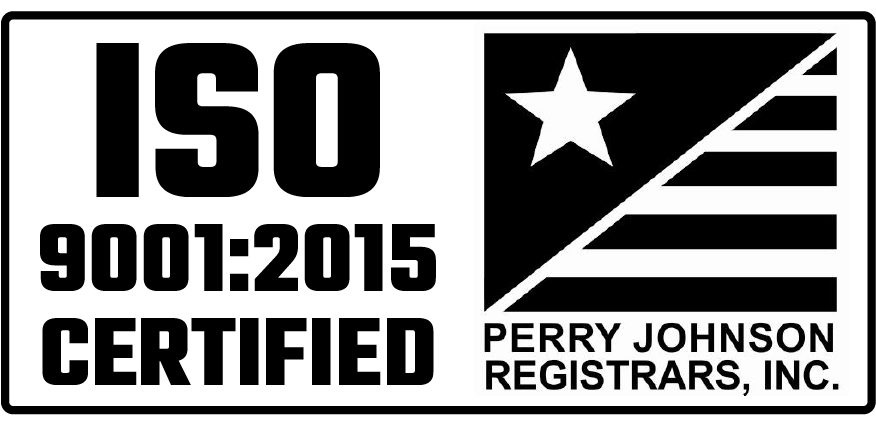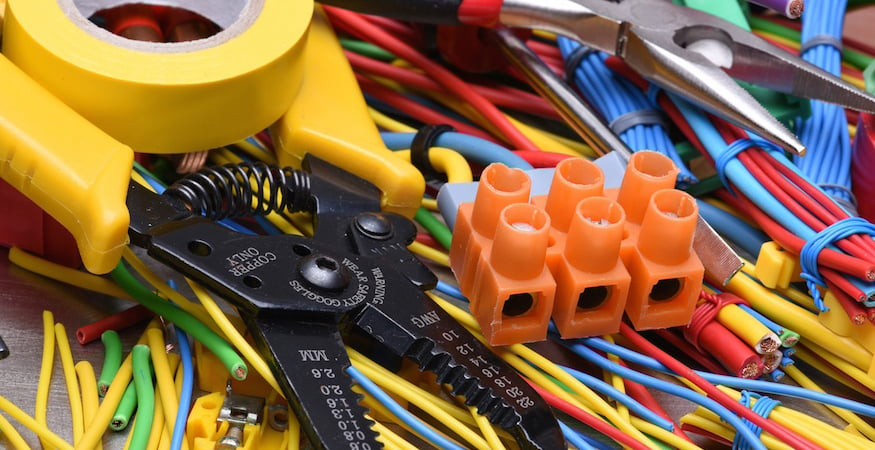As you approach the design of your wire harness, it’s important to keep some basic considerations in mind when planning for this critical part of your equipment. Doing so will contribute to a more efficient process – and more effective results. Follow these simple guidelines as you start your project to help identify your options and develop a solution that’s precisely aligned with your needs.
Environmental Considerations
The design of every harness depends on a number of factors, one of the biggest of which is the environment into which it’ll be placed. Some harnesses are exposed to temperature extremes; wires routed near the engine or exhaust, for example, are exposed to significant heat, and others can be exposed to water, dirt, oil, or chemicals.
Similarly, some wire harnesses need to remain flexible, or are exposed to ongoing abrasion which can be caused by vibration.
Selecting the proper type of wire can be critical to your application. Not using the correct wire can lead to wire insulation breakdown, causing failures, safety concerns, or failure to comply with regulatory requirements such as UL, CSA, or CE.
Parts Considerations
When submitting drawings to an outsourcing partner like a contract manufacturer, you'll likely be providing a list of parts. If you use your own part numbers on your drawings, make sure you provide a way for your outsourcing partner to be able to cross reference them back to a manufacturer and a manufacturer part number. If a part(s) does not need to be a specific brand or type, it’s helpful to note “or equivalent” on your parts list so the contract manufacturer can, if practical, substitute with others that could enhance the quality, delivery, or cost of the harness.
If you have an internal harness specification or guidelines for the production of your equipment’s wiring, your outsourcing partner will need to have that on hand in order to develop the right solution. These specs usually dictate how the harness is to be terminated, identified, bundled and more. If you don’t have a standard and would like to develop one, a good place to start is to review the IPC/WHMA-A-620; this could serve as a set of generic standards that can be modified to suit your needs.
Additional Information to Outline Prior to Design
Knowing all these will guide you in your choice of materials and design parameters:
- Lengths and tolerances. Be clear on your dimensions and tolerances. Some OEMs prefer to measure from the front of the connectors, others from the rear. What are acceptable tolerances for the lengths?
- Covering. There are several types available, including braided loom, split sleeve, conduit, and tape; they all have different purposes along with their own advantages and disadvantages. Understand the purpose of each before determining which is best for your application. Keep in mind that not all parts of your wiring may require covering or it may actually be undesirable to have it, such as when flexibility, troubleshooting, and serviceability are more important.
- Splicing and splice locations. Splicing of a wire or circuit can be accomplished in many ways. Each has its advantages in specific situations, so review those prior to designing your harness or submitting plans to a wire harness manufacturer.
- Wire color and labeling. Note wire colors along with any text you may want printed or labeled on your wires to help identify circuit names.
- Type. There are many types of wire, with variations including voltage ratings, insulation material, bare or plated copper, etc., each suited to different uses. For example, GXL wiring is very typical for automotive wiring, while a UL1015 (MTW) is common for electrical control panels.
- Terminals, seals, and connectors. There are also many types of terminals, seals, and connectors. Note that many connectors accommodate different types of terminals and seals that are specific to different wire gauges, wire insulation thicknesses, or terminal plating. Some connectors also require additional accessories or parts to lock terminals into place. Be sure to call out the proper locks or any other accessories you require (such as backshells, caps, plugs, strain reliefs, etc.).
- Labeling. If you require connectors to be identified with a label, make sure you have a note on your drawing calling that out, or have it included in part of the harness specification.
- Testing. There are several different test methods that can be conducted. Some applications may require the wiring to pass a high voltage test, while others may just need a simple continuity test. Consider what makes sense for your application.
Change Management Plan
Trying to achieve the exact balance of details on a drawing is almost impossible. Too much detail and the drawings can become cluttered, hard to read, prone to errors/inconsistencies, and a nightmare to maintain; too little information can lead to many questions or inconsistent product. Work with your contract manufacturing partner to determine the best way to handle markups to drawings, deviations, and revisions.
Creating an electrical drawing package (schematics, harness layouts, and service documentation) for your application that contains all the necessary details can be a complex undertaking. It requires detailed knowledge of all the components and influencing factors, not the least of which is electrical requirements and limitations. A contract manufacturer that specializes in electrical assemblies, like MCL, can help streamline the process and make your end product more efficient and effective. You can also check out our Wire Harness Design Checklist to help keep your project on track. Click the button below to access your copy today.





